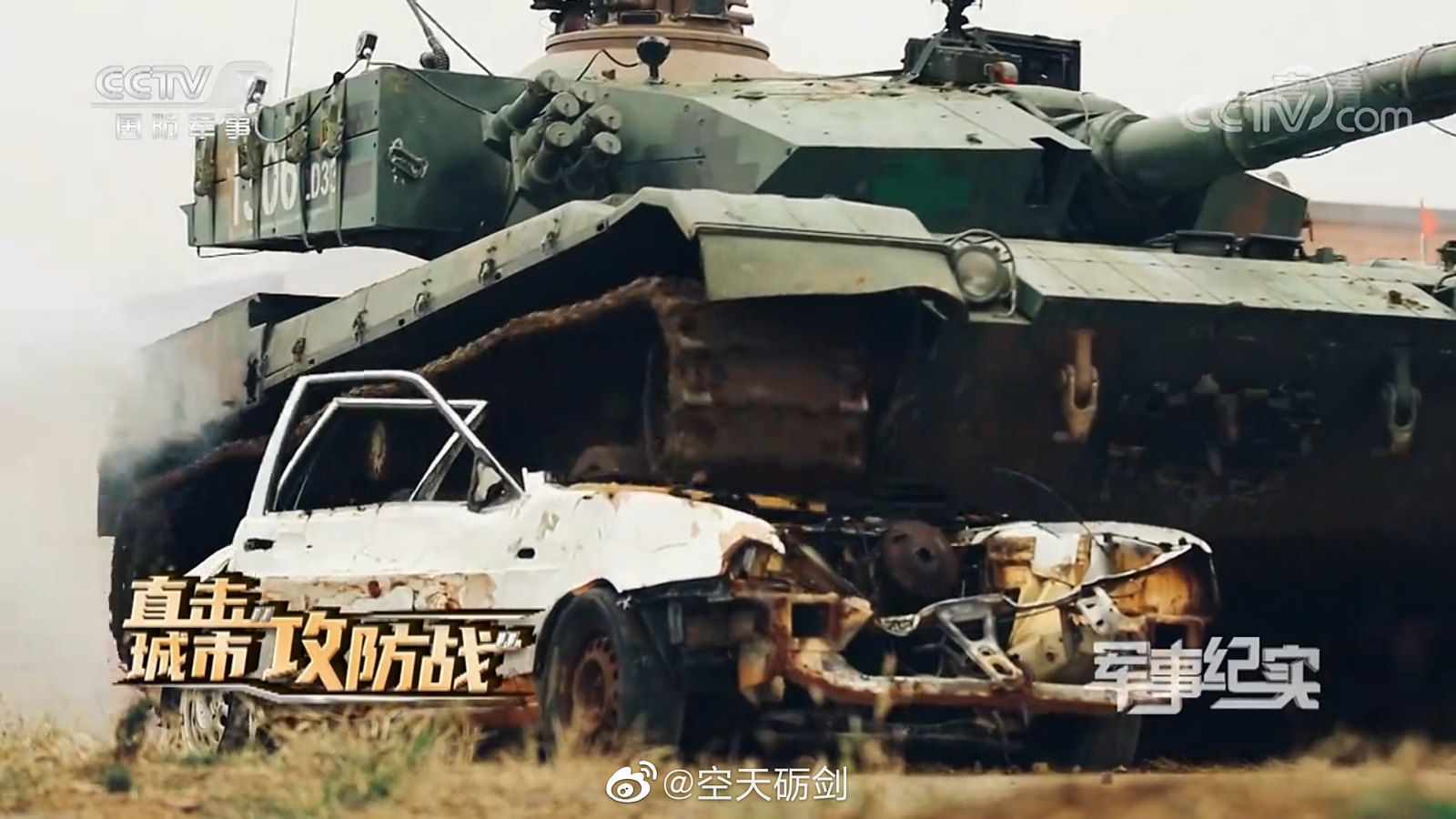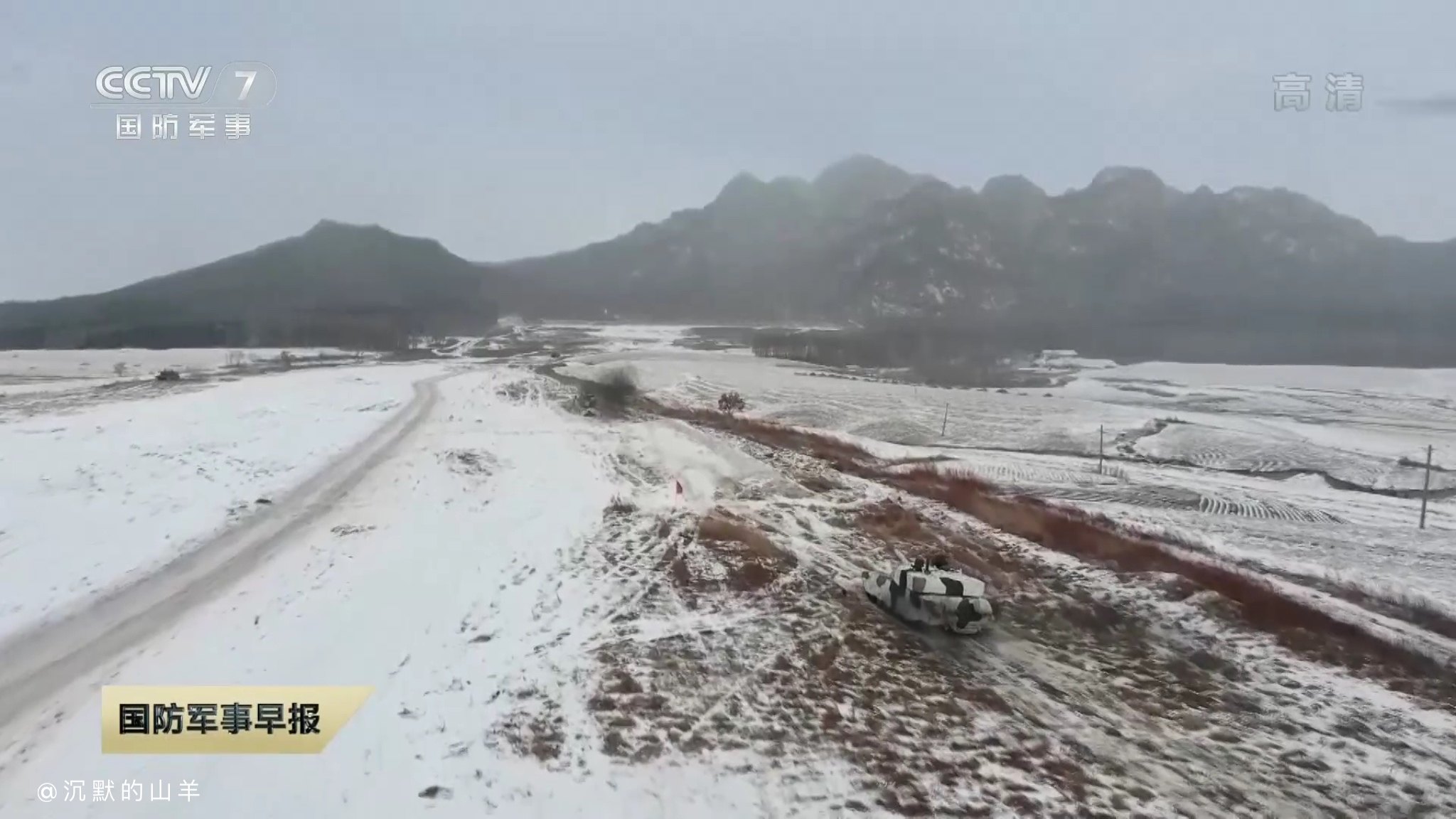This is a much poorer design (even for PLA doctrine where it doesn't expect to use too much low volume line formation runs) because it provides even poorer than the already poor 30 degree or so frontal angle shot protection. Soviet designs in this respect is better for lighter MBTs - less armour. Western designs just beat the problem with another 5 metric tonnes of armour. But Soviet designs place some protection effort to that 30 degree angled frontal shot, they have less emphasis on pure direct frontal than 99 and 96 because of material. They can beef up pure frontal but heavier and more costly complex etc. T-14 is overall the much better ground up solution to these old problems.
Turret geometry design is remarkably basic stuff but it is complicated (and determined) by factors like costs, material use, maintenance, ease of manufacturing, and mobility+range. Then throw in the army's doctrine and the terrains they expect to deploy these tanks in. However it is, this turret design is quite a bit worse because it focuses a little too much on pure frontal direct shots. The angled wedge geometry of current 99 and 96 can be argued to be more than satisfactory for PLA's needs when one considers that PLA doesn't plan on deploying low volumes and doesn't plan on being outflanked in land war. It needs mobility and range as much as good firepower than it does protection.
the greater emphasis on pure direct frontal protection (with finite material) makes more sense when you remember this is for the 96. It's obvious that they would have explored this with 96 - the mass produced numbers filler that would be less employed for high level threats and much less likely to be in a situation where they need to deal with angled shots since they get deployed and sent out in their dozens if not hundreds. Then they probably realised this was just a little too much in that direction lol.














